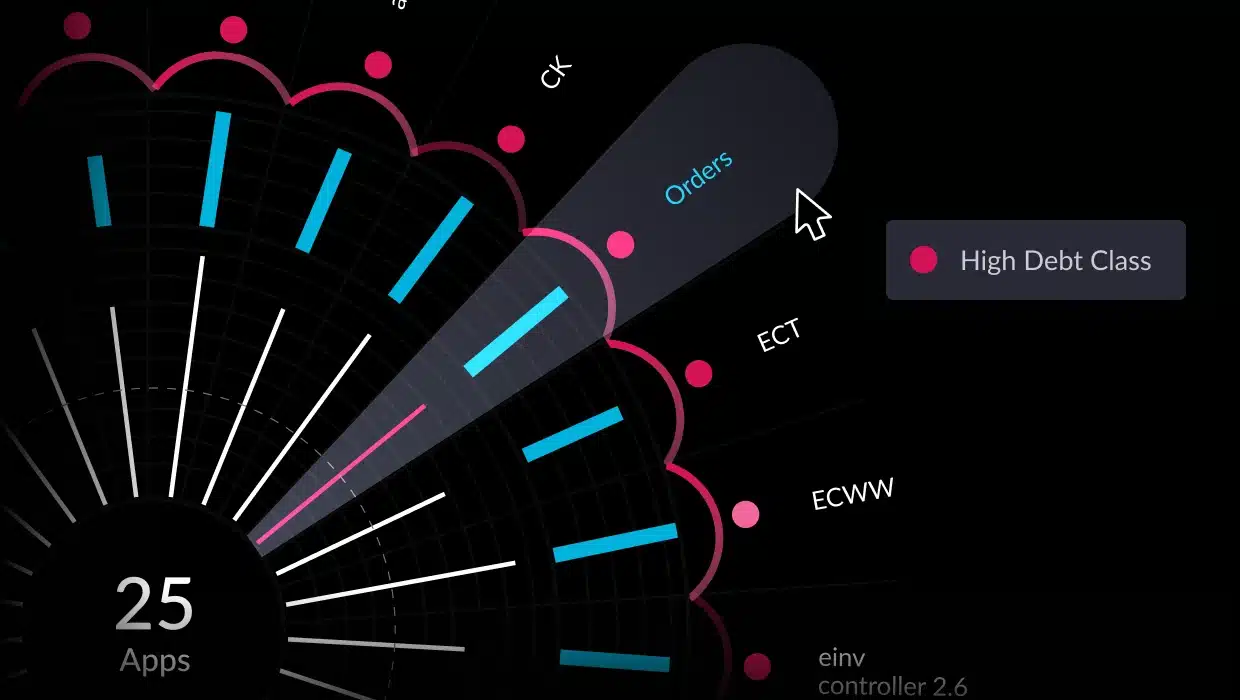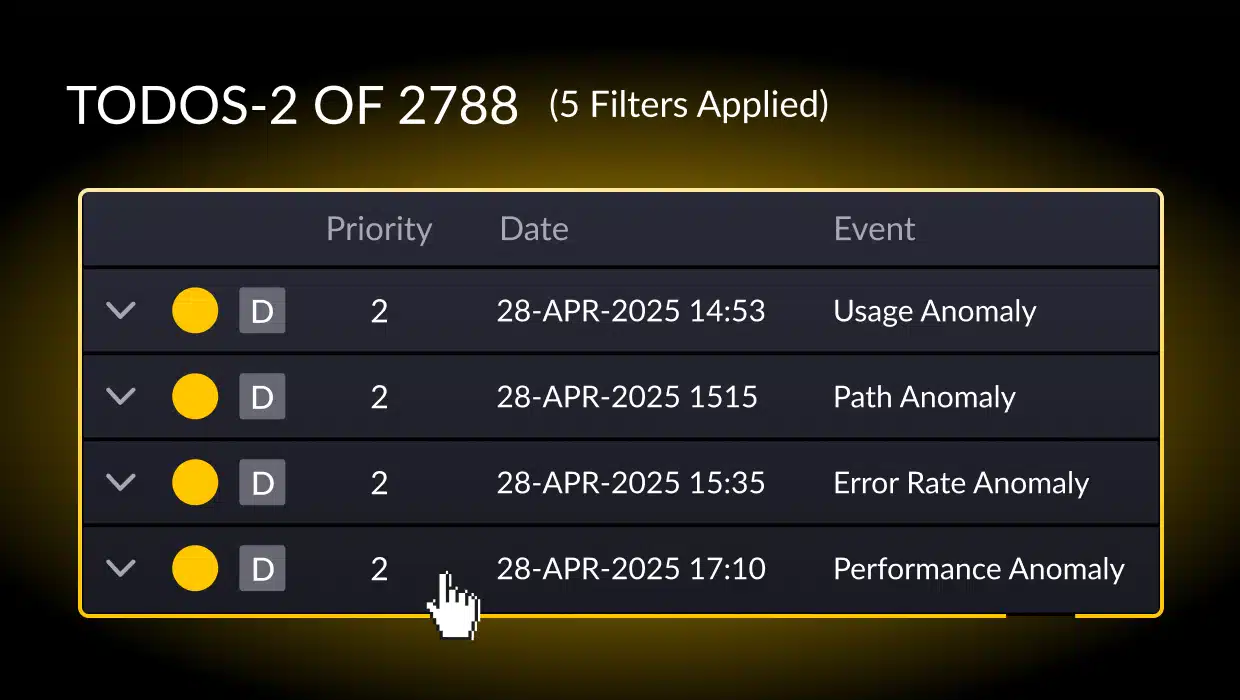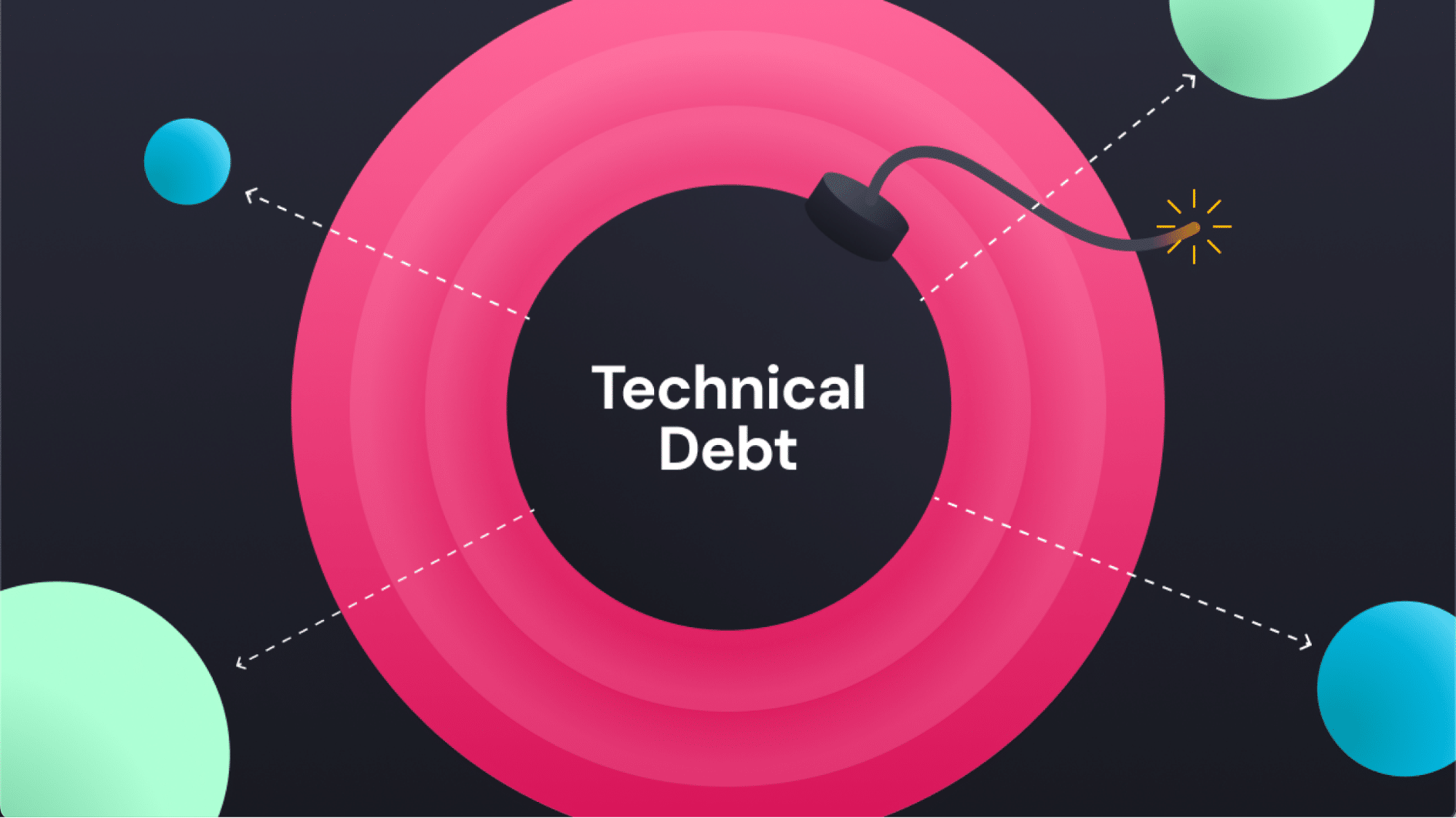For any software application that continually evolves and requires updates, accumulating at least some technical debt is inevitable. Unfortunately, similar to financial debt, its downsides can quickly become unsustainable for your business when tech debt is left unmanaged. Developers, architects, and others working directly on the code will quickly feel the impact of poorly managed technical debt.
With its omnipresence, managing technical debt is a big problem for today’s companies. A 2022 McKinsey study found that technical debt amounts to up to 40 percent of their entire technology estate. Meanwhile, a 2024 survey of technology executives and practitioners found that for more than 50% of companies, technical debt accounts for greater than a quarter of their total IT budget, blocking otherwise viable innovations if not addressed.
It’s not a new issue, either. As a 2015 study by Carnegie Mellon University found, much of the technical debt currently present has been around for a decade or more. The study found architectural issues to be the most significant source of technical debt. A challenging problem to fix when many of the issues are rooted in decisions and code written many years prior. Effective and strategic ways to manage technical debt, specifically architectural debt, must be critical to your IT management processes.
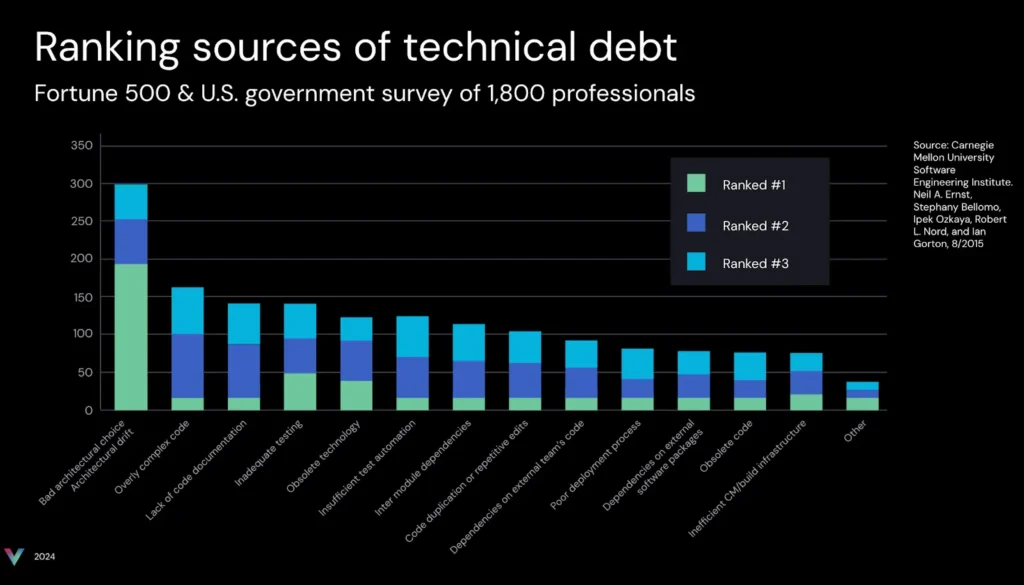
As time passes, technical debt accumulates, spreading through the foundations of your technology architecture. After all, the most significant source of technical debt comes from bad architecture choices that, if left untreated, affect the viability of your most important software applications. In this blog, we look at how you can make 2025 the year you get a handle on your technical debt and overall technical debt management.
Understanding Technical Debt
Technical debt is a concept that draws a parallel between the shortcuts taken during software development and the idea of financial debt. When software developers cut corners, whether by writing quick solutions, skipping tests, or neglecting documentation, to meet delivery deadlines, they create a form of “debt” that must be repaid in the future. Just like financial debt, technical debt accrues “interest” over time, making future changes more difficult, time-consuming, and costly.
The causes of technical debt are varied. It can stem from poor code quality, rushed development cycles, lack of proper testing, or even the need to quickly adapt to changing business requirements. Sometimes, technical debt is the result of taking shortcuts to deliver features more quickly; at other times, it’s due to legacy systems or outdated technologies that are difficult to maintain. If left unmanaged, technical debt can slow down development teams, increase the risk of bugs, and make it harder to add new features or scale the software.
By understanding what technical debt is and how it accumulates, development teams can take effective steps to manage it. This means not only addressing existing debt but also making conscious decisions to avoid unnecessary shortcuts in the future, ensuring that unintended technical debt remains at minimal levels.
Managing technical debt at the architectural level
Not all technical debt is created equal. Using the broad term alone can be surprisingly misleading, as not all technical debt is inherently bad. Due to deadlines and the implementation needs of any software build, some debt is inevitable or can be a valid trade-off for getting good software in place on time. Perfection, after all, can be the enemy of good.
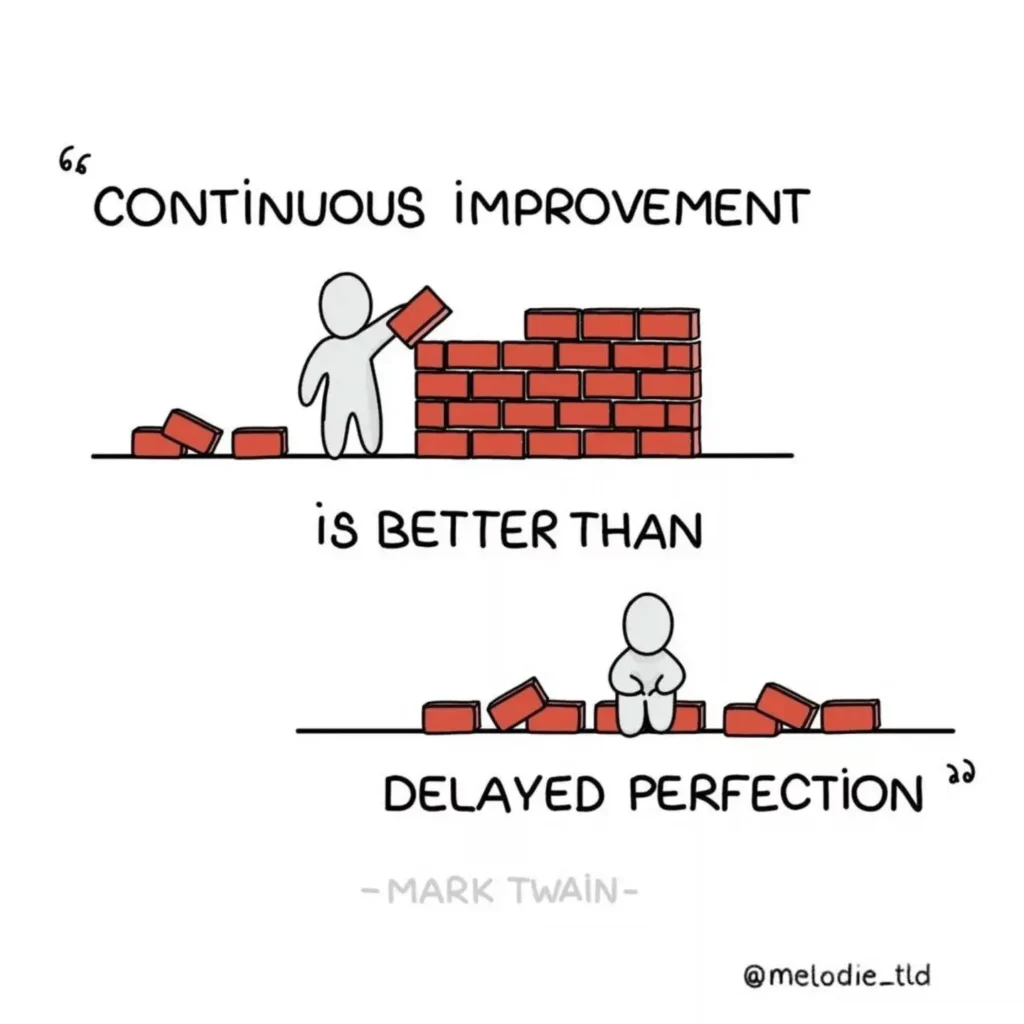
The problem becomes significant when technical debt is unintentionally introduced or built into the software’s architecture. Technical debt that goes unmanaged can become legacy technical debt, remaining at the core of your IT infrastructure for years. Over time, the debt begins to cause architectural drift, where the application architecture’s current state moves away from the target state, continuing to harm your overall infrastructure.
At the architectural level, managing technical debt becomes essential. Other types of debt, such as code quality issues, bugs, performance problems, and software composition issues, can be addressed. However, when the debt is built into the software architecture, it becomes a deep-seated issue challenging to solve or manage without significant investment and time.
The core problem is that architectural debt tends to be more abstract. Its design isn’t based on a few lines of code that can be fixed, but is layered into the architecture. These issues are often caused by shortcuts, prioritizing convenience, and concerns around speed to market during the initial build; their unintentional nature can cause significant liabilities that fester for the longer term.
Five steps to manage architectural technical debt in 2025
Fortunately, difficulty in managing technical debt at the architectural level does not mean the process is impossible. It just means taking a more intentional and strategic approach to an issue that likely has been spreading quietly in your software architecture.
That process takes time, effort, and organization-wide buy-in. However, with the right approach and steps, any technical leader can achieve it. Let’s examine five critical steps in managing architectural technical debt in 2025.
1. Make technical debt a business priority
As devastating as architectural debt can be, an unfortunate truth remains. The above-mentioned Carnegie Mellon University study found that most management is mainly unaware of the dangers of technical debt or the value of finding more effective ways to manage it. That, in turn, makes building buy-in on any effort to address technical debt a necessary first step.
As a recent article by CIO points out, that process has to begin with treating architectural debt as the danger it is for your business. The article cites Enoche Andrade, a digital application innovation specialist at Microsoft, who emphasizes the need for all executives to be aware of the issue:
“CIOs have a critical responsibility to raise awareness about technical debt among the board and leadership teams. To foster a culture of awareness and accountability around technical debt, companies should encourage cross-functional teams and establish shared goals and metrics that encourage all groups to work together toward addressing technical debt and fostering innovation. This can include creating a safe environment for developers to experiment with new approaches and technologies, leading to innovation and continuous improvement.”
Enoche Andrade, Digital Application Innovation Specialist at Microsoft
But in reality, that process begins even earlier. In many cases, simply citing the potential costs and risks of existing debt and failure to manage that debt can perk up ears.
A recent report by Gartner emphasizes just how important incorporating architectural technical debt (ATD) as a strategic priority can become for your organization. It’s a crucial first step to ensure that any actions taken and resources invested have the full support of the entire enterprise.
2. Systematically understand and measure technical debt
Although getting buy-in is a challenge, you must rely on a solid foundation to understand your architectural debt to be effective in getting buy-in and remedying technical debt issues. This is a critical component of a comprehensive technical debt management strategy. Understanding and analyzing its scope as it relates to your software architecture has to be among the earliest steps you take.
Unlike identifying code-level technical debt, this step is more complicated for architectural technical debt. Since it is far from straightforward, this type of debt is often difficult to reconcile. This is especially true considering that, depending on your operation and industry, your architecture may look very different from the many case studies you find online, making it difficult to follow a simple template.
The key, instead, is to prioritize and systematize architectural observability—to understand and analyze your digital architecture at its most fundamental level. Insights into architectural drift and other issues can lead to incremental plans designed to improve the software at its most fundamental level.
The more you can build architectural observability into your regular quality assurance process, the easier it will be to find hidden dangers in the architecture that underpins your apps.
3. Prioritize your fixes strategically
With a solid understanding of your architectural debt, it’s time to begin building a strategy to manage that technical debt. As with many IT problem-solving processes, the two key variables are the potential impact of the issue and the time it would take to fix it:
- The higher the potential negative impact of the architectural debt on your software, the more urgent it becomes to fix it comprehensively.
- The easier an architectural debt issue is to fix, the faster you can begin eliminating or mitigating its potential harm to your software architecture.
Building the correct priority list to reduce technical debt is as much art as science. At worst, you might have to rebuild and modernize your entire software architecture. The right architectural observability tools can help you build that priority list based on your findings, providing a more precise roadmap to solve the issues at their root.
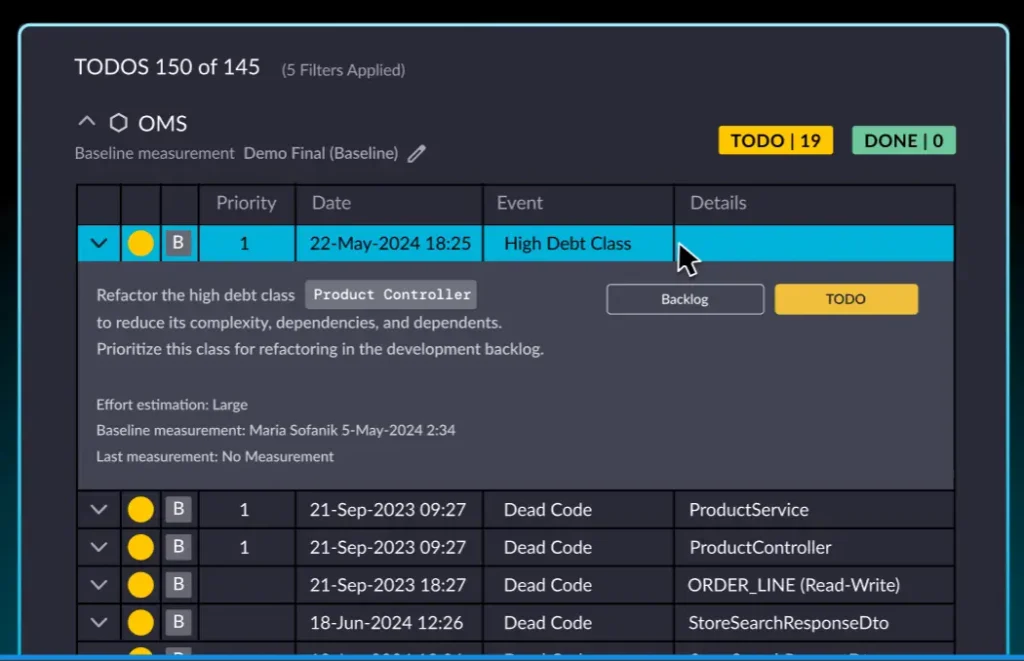
4. Be intentional about any new technical debt
As mentioned above, some technical debt is intentional due to trade-offs your development team is willing to make. Architectural debt, however, should not generally fall into this category. The negative impact of its deep roots is too significant for any speed or convenience trade-off to be worth it in the long term.
The key is being intentional about any technical debt you take on. As Mike Huthwaite, CIO of Hartman Executive Advisors, points out in the CIO article,
“Intentional technical debt has its place and has its value; unintentional technical debt is a greater problem. When we don’t track all the technical debt, then you can find you’re on the brink of bankruptcy.”
That, in turn, means educating your entire team on the dangers of technical debt and becoming more intentional about understanding its potential occurrences and implications. At its best, this means limiting its use where possible and avoiding the more abstract and deep-rooted architectural debt altogether.
5. Establish a roadmap to manage technical debt over time systematically
Finally, any effort to manage technical debt on the architectural level has to be ongoing. Simply analyzing your software once and running through the priority list from there is not enough as you look to optimize your software infrastructure and minimize the potential fallout of architectural debt over time. Every time additions and updates happen within an application, architectural drift and unintentional technical debt can occur.
Instead, plan to build the debt management process into your ongoing development workflow. Incorporating routine maintenance as a proactive, scheduled activity is essential for preventing larger technical debt issues before they arise. Continue to analyze the debt via architectural observability, prioritizing where you can pay it down, perform the actual work, and repeat the process. At its best, it becomes a cycle of continuous improvement, each turn improving your architecture over time.
Managing technical debt with AI
With the latest wave of AI coding tools, technical debt management has become even easier. Previously, when technical debt was identified, you’d need to go through an extensive assessment, planning, and find time within the developers’ schedule to work on the issues. Now, by creating detailed prompts that outline the issues and preferred remediation, if known, and utilizing the latest iterations of AI coding tools, such as Cursor and Windsurf, teams can enable AI to perform high-complexity refactoring of technical debt.
With these AI tools, workflows can go from technical debt identification to remediation in potentially a matter of minutes. Some of this can even be done in an automated fashion with tools like Devin and Tembo, where Jira and Linear tickets with tech debt tasks are automatically picked up, fixed, and pull requests are automatically raised for review and testing by developers before being pushed into production. This is where tools like vFunction can help the team identify these issues, allowing them to be addressed by the AI tools.
vFunction and architectural observability: The key to architectural technical debt management in 2025
Managing architectural tech debt is a complex process, but it doesn’t need to be impossible. Much of that complexity can be managed through a strategic investment in architectural observability. Knowing how to manage technical debt effectively will empower your organization to maintain a healthy and efficient IT infrastructure. Once you can identify technical debt and prioritize where to begin minimizing it, taking action becomes much more straightforward and can be performed continuously. A robust technical debt management strategy will ensure your architectural improvements are sustainable and constantly optimized. To get there, the right software is critical. vFunction can help with a platform designed to analyze, prioritize, and pay down your architectural debt over time.
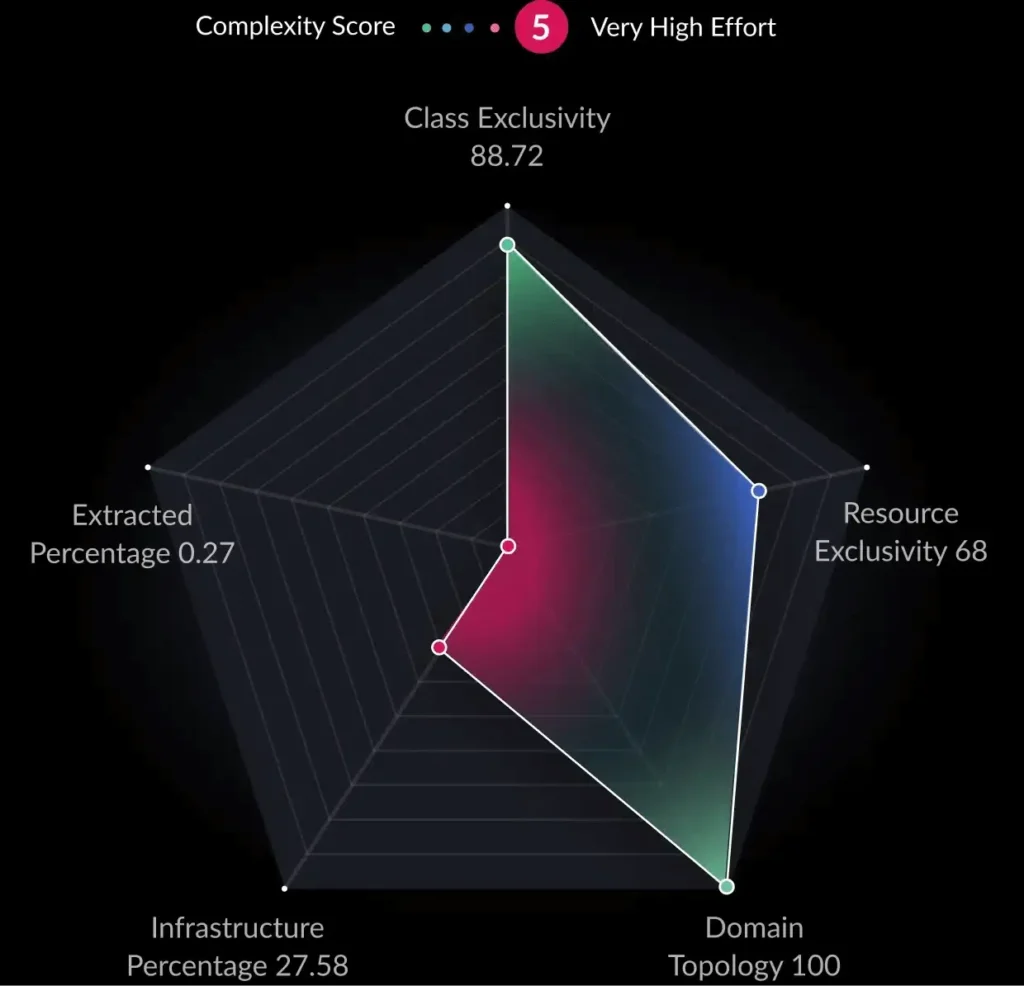
When it comes to using vFunction to discover and manage technical debt, architectural observability can bring a few key advantages. These include:
- Engineering velocity: vFunction dramatically speeds up the process of improving an application’s architecture and application modernization, such as moving monoliths to microservices, if that’s your desired goal. This increased engineering velocity translates into faster time-to-market for products and features and a modernized application.
- Increased scalability: By helping architects view and observe their existing architecture as the application grows, application scalability becomes much easier to manage. Scaling is more manageable by seeing the application’s landscape and helping improve each component’s modularity and efficiency.
- Improved application resiliency: vFunction’s comprehensive analysis and intelligent recommendations increase your application resiliency and architecture. By seeing how each component is built and interacts with each other, teams can make informed decisions favoring resilience and availability.
Using vFunction, you can establish a current picture of your application’s architecture, understand areas of existing technical debt, and continuously observe changes as the application evolves.
Conclusion
Software development is rarely a linear process, and because of this, introducing technical debt is part of the normal development cycle. Avoiding technical debt is almost impossible, so it is critical to track technical debt and reduce it when it is not intentional. Managing technical debt is a fact of life for developers, architects, and other technical members of a project’s development team, and getting the right tools in place to observe and remedy it when needed is essential.
When it comes to understanding and monitoring technical debt at the most crucial level, within the applications architecture, vFunction’s architectural observability platform is an essential tool. Contact our team to understand more about how vFunction can help your team with technical debt reduction and manage it moving forward.





